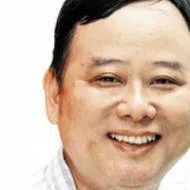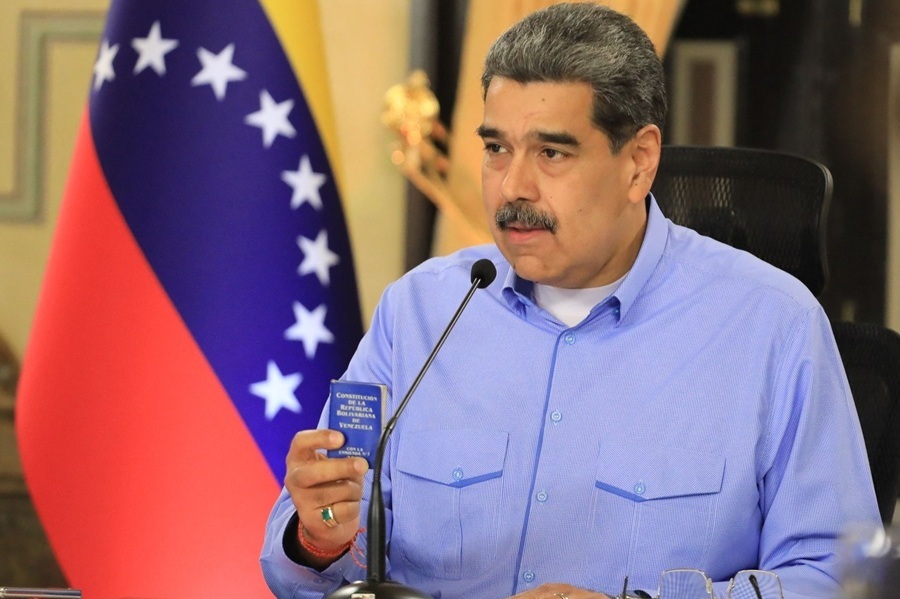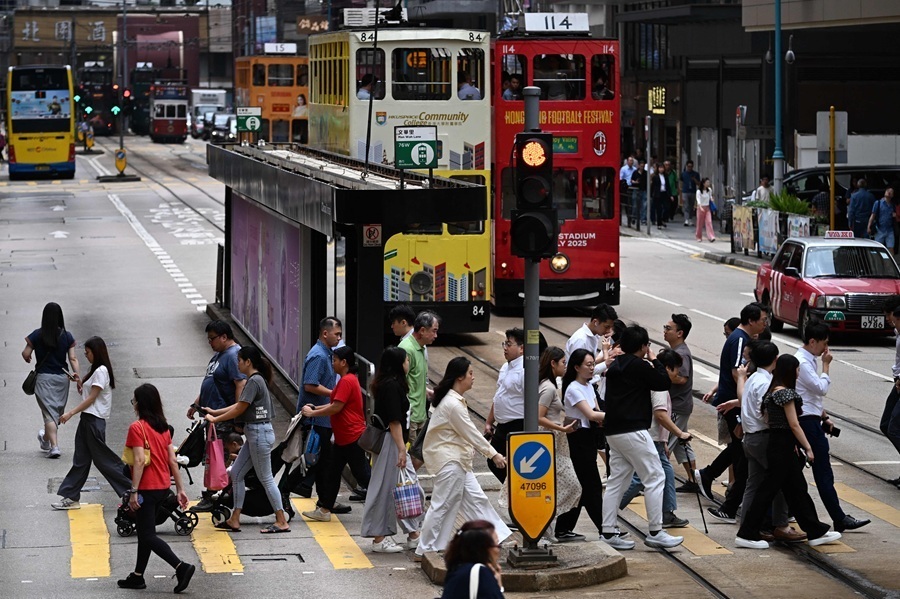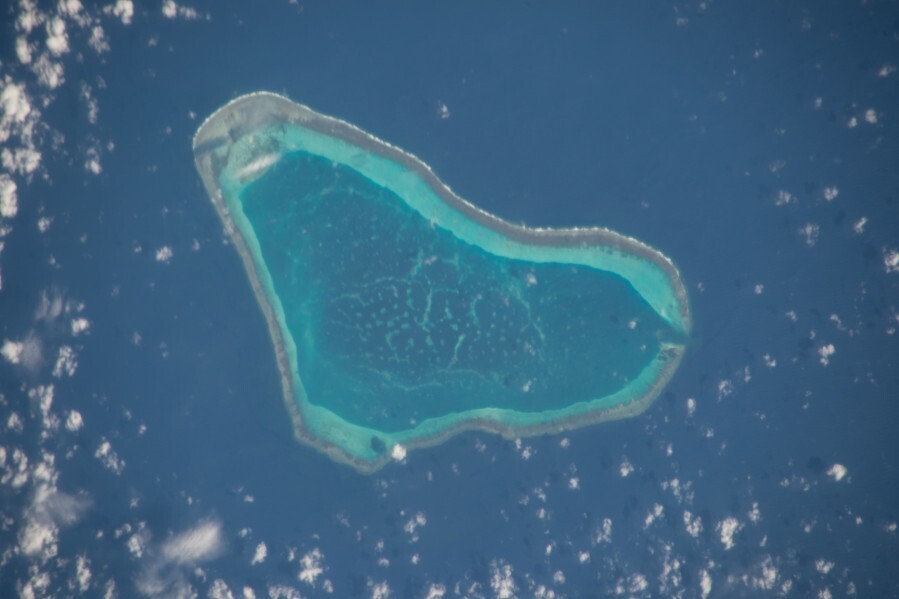Japan’s potential first female PM: A new Trump on the rise?
Sanae Takaichi, the newly elected Liberal Democratic Party leader, could be Japan’s first female prime minister. Known for her hawkish stance and strong ties to former Prime Minister Shinzo Abe, Takaichi could have a more confrontational approach, particularly on issues concerning Taiwan, economic security and historical interpretations. Lianhe Zaobao correspondent Yu Zeyuan takes a look at the matter.
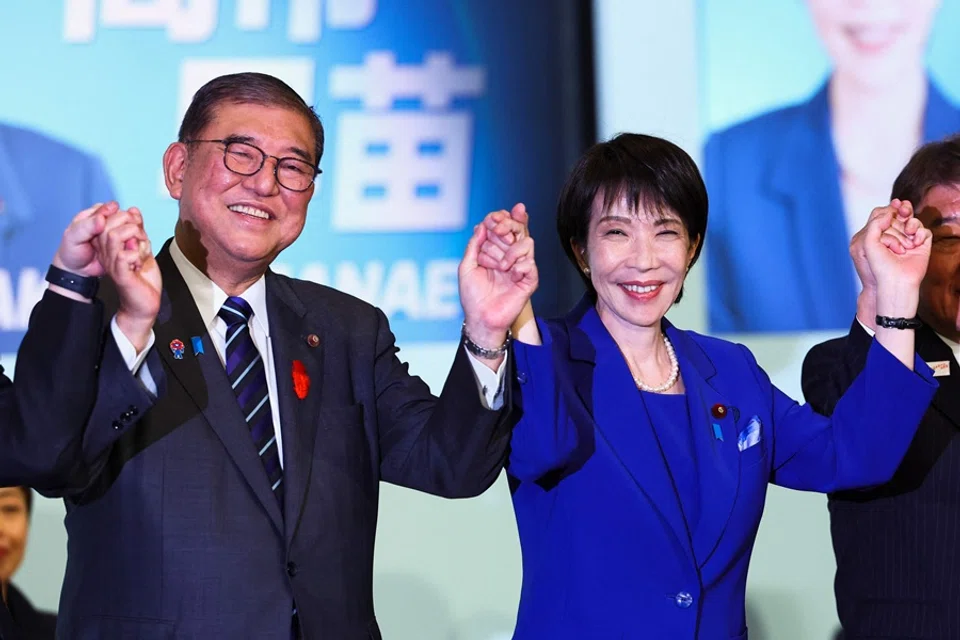
Former Minister of State for Economic Security Sanae Takaichi, also known by Chinese netizens as “Japan’s Donald Trump”, has been elected as the leader of the Liberal Democratic Party (LDP) and would most likely become Japan’s first female prime minister. Given that Takaichi is viewed as a representative of Japan’s far-right political forces, there are concerns that her tenure as prime minister might have an impact on China-Japan relations.
Ishiba: stabilising China-Japan relations
These concerns are not unfounded. Within the LDP, the outgoing Japanese Prime Minister Shigeru Ishiba is considered a moderate towards China. Since taking office on 1 October last year, he has put on hold proposals that could cause friction with China, such as the idea of creating an “Asian NATO”.
In November 2024, during the Asia-Pacific Economic Cooperation (APEC) leaders’ informal meeting in Lima, Peru, Ishiba met with Chinese President Xi Jinping. Ishiba expressed his willingness to work with China to comprehensively advance the strategic and mutually beneficial Japan-China relationship, and to build a constructive and stable relationship. He also emphasised that Japan’s stance on the Taiwan issue, as stated in the 1972 Japan-China Joint Communique, remains unchanged, and that Japan has no intention of “decoupling” from China.
Takaichi holds a very tough stance on China, frequently stating that China’s rise posed a threat to Japan. She has asserted that “a Taiwan contingency is a Japan contingency” and advocated for strengthening Japan’s presence in the East China Sea and Taiwan Strait.
In March this year, Chinese Foreign Minister Wang Yi and Japanese Foreign Minister Takeshi Iwaya co-hosted the sixth high-level economic dialogue between China and Japan, which had been suspended for six years. They reached 20 agreements, including consultations on Japanese seafood exports to China, which indicated a rare improvement in recent years in China-Japan relations.
Takaichi: the ‘female Abe’
However, the LDP suffered a significant defeat in the mid-year elections for both houses of Japan’s National Diet, and became a “double minority government”. Ishiba was forced to announce his resignation after less than a year in office. On 4 October, the 64-year-old Sanae Takaichi defeated Minister of Agriculture, Forestry and Fisheries Shinjiro Koizumi to become the new LDP leader.
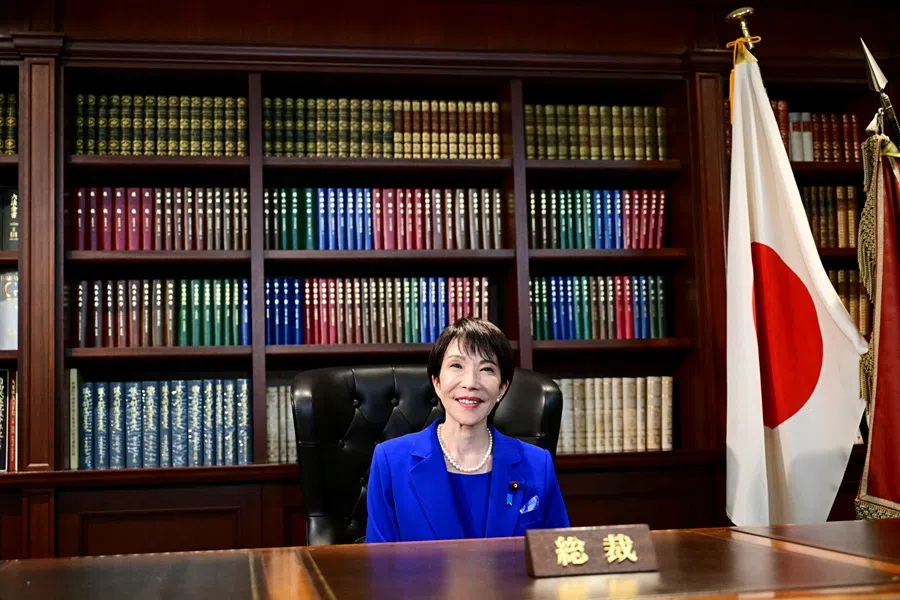
Takaichi, who was first elected as a member of Japan’s House of Representatives in 1993, shared close ties with the late former Prime Minister Shinzo Abe and is often referred to as the “female Abe”. After Abe regained power in 2012, Takaichi was appointed to several senior positions, including LDP policy chief and minister for internal affairs and communications.
Takaichi holds a very tough stance on China, frequently stating that China’s rise posed a threat to Japan. She has asserted that “a Taiwan contingency is a Japan contingency” and advocated for strengthening Japan’s presence in the East China Sea and Taiwan Strait. She also expressed support for deep cooperation with the US on missile defence and intelligence sharing, as well as working with allies to contain China’s expansion. Takaichi has also called for restrictions on Chinese investments and technology acquisitions in Japan to bolster economic security.
Over the 12 years between 2014 and 2025, Takaichi visited the Yasukuni Shrine 11 times.
The Taiwan issue
On historical issues, Takaichi has stated that Japan’s expansion after the Mukden incident was a “war of self-defence”. She opposed the separate enshrinement of Class A war criminals and the establishment of a national memorial facility, arguing that foreign countries should not interfere in Japan’s textbook matters. Over the 12 years between 2014 and 2025, Takaichi visited the Yasukuni Shrine 11 times. When she first ran for LDP presidency in 2021, she stated, “As a Japanese, regardless of my position, I will continue to visit [the Yasukuni Shrine].”
Takaichi also advocated for amending Japan’s pacifist constitution in order to transform Japan’s Self-Defense Forces into “national defence forces”. She proposed increasing Japan’s defence budget to 2% of GDP, and developing counterattack capabilities to make US-Japan joint military exercises and strategic deployments more frequent, in turn normalising deterrent actions against China in the Asia-Pacific region.
On economic issues with China, while serving as minister of internal affairs and communications in 2016, Takaichi pushed to exclude Huawei’s 5G equipment from Japan on grounds of “national security”, becoming a key figure in Japan’s technological decoupling from China. She also advocated for the enactment of an economic security promotion act to limit hi-tech cooperation between China and Japan.
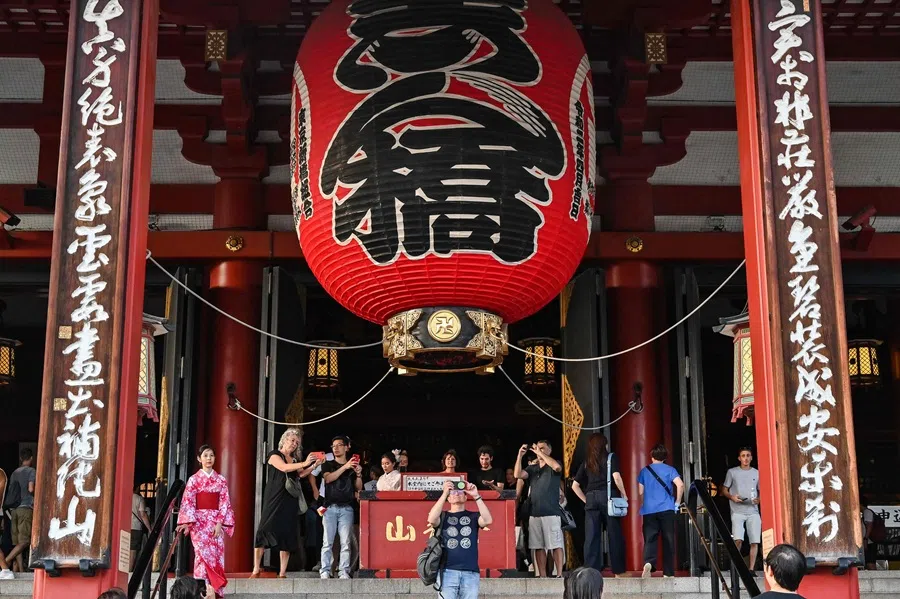
On 1 October, Takaichi published an article at a US think tank stating that if elected prime minister of Japan, she would engage in “solid and candid dialogue” with Chinese leaders on the Taiwan issue. She referred to Taiwan as a “valued friend” for Japan and expressed a desire to deepen “unofficial relations” with Taiwan.
If after taking office Takaichi continues to confront China on Taiwan as well as economic and trade issues, China would inevitably retaliate, causing significant challenges to Japan’s economy and businesses.
Delicate balance
However, it remains unclear whether Takaichi would be able to continue being bold and direct when commenting on China-related issues after taking office.
According to Chinese statistics, in 2024, China was Japan’s largest trading partner and source of imports, and its second largest export market. Chinese officials and the public have always been extremely alert about Japan’s statements and actions on Taiwan and other issues; they would not tolerate Takaichi taking reckless actions on politically sensitive issues. If after taking office Takaichi continues to confront China on Taiwan as well as economic and trade issues, China would inevitably retaliate, causing significant challenges to Japan’s economy and businesses.
China’s recent displays of military and technological capabilities have already made the US and its allies very wary, and Japan would not be without reservations as well. Even with Takaichi’s tough stance on China, she would have to face reality once in power. Moreover, the LDP’s political foundation is no longer as stable as it once was, and Takaichi’s approach to China would be constrained by intra-party forces and other political factions — any mishandling could potentially jeopardise her position as prime minister.
Therefore, while Takaichi might adjust some of Ishiba’s approaches to improving relations with China after taking office, and bring new variables to China-Japan relations, she might not be able to reverse the trajectory of China-Japan relations in the face of China’s rapid ascent.
This article was first published in Lianhe Zaobao as “中日关系将遭遇高市早苗冲击?”.
